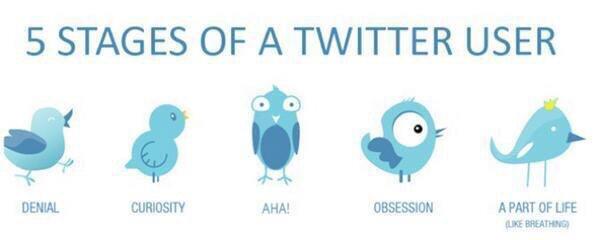 This week Guy Trainin and I presented at two conferences. At the American Educational Research Association Conference (AERA) in Chicago we shared research conducted with five student teacher/cooperating teacher dyads working with a coach to integrate new literacies in elementary classrooms. These dyads collaborated in various ways to engage their students with technology. We propose a Triarchic Model of Teacher Preparation to support cooperating teachers as well as student teachers as they collaborate to integrate new literacies. These teachers continue to lead in their schools and district.
This week Guy Trainin and I presented at two conferences. At the American Educational Research Association Conference (AERA) in Chicago we shared research conducted with five student teacher/cooperating teacher dyads working with a coach to integrate new literacies in elementary classrooms. These dyads collaborated in various ways to engage their students with technology. We propose a Triarchic Model of Teacher Preparation to support cooperating teachers as well as student teachers as they collaborate to integrate new literacies. These teachers continue to lead in their schools and district.technology, incorporating ideas as quickly as the coach shared them. We propose a
 At the Nebraska Educational Technology Association Conference (NETA) in Omaha Guy and I helped educators with self-directed professional development for 21st century teaching; using blogs, creating online PLNs, and locating online professional development resources and opportunities. It was exciting to see some of the teachers with whom we work attending and presenting at this conference!
At the Nebraska Educational Technology Association Conference (NETA) in Omaha Guy and I helped educators with self-directed professional development for 21st century teaching; using blogs, creating online PLNs, and locating online professional development resources and opportunities. It was exciting to see some of the teachers with whom we work attending and presenting at this conference!I would like to share some of the ways these dedicated, resourceful teachers demonstrate leadership:
1. mentoring a preservice teacher integrating technology
2. attending a graduate course to learn what their preservice teacher is learning about technology integration
3. writing book chapters on using Minecraft in the classroom
4. organizing a student reading fundraiser to purchase a class set of iPads and a cart for the school
5. attending #edcampOmaha to connect and learn with other educators
6. inviting us to videotape their classroom as they used technology to invigorate their curriculum
7. writing and receiving grants to purchase iPads for their classrooms
8. setting up a Twitter account and participating in a #edchat
9. enrolling in TEC21 to grow and lead in their schools
10. presenting at Tech EDGE, NETA and ASCD conferences to share their innovative teaching ideas and student projects
11. creating a KidBlog as a student teacher and documenting 250 posts and 480 replies from motivated students!
12. presenting as a university student how they integrated technology into practicum LAST semester for THIS semester's literacy methods students
13. assigning preservice teachers to create a screencast in place of a lesson plan
14. dedicating hours of unpaid time to learn new apps and websites to create lessons that merge content, pedagogy and technology in exciting ways
15. locating additional devices to bring into the classroom so students can have one device for every two children
16. empowering children to play with new apps, choose the best app to complete an assignment, and share with the whole school!
17. planning Tech Tuesdays for their grade level classes
18. organizing teacher technology share days Wednesdays after school
19. collaborating with other teachers to have first graders write poetry and share multimodally
20. teaching new technologies to cooperating teachers as a literacy practicum student
There are many more examples to share another time, but now I am curious how are YOU growing as a teacher leader as you integrate technology!










